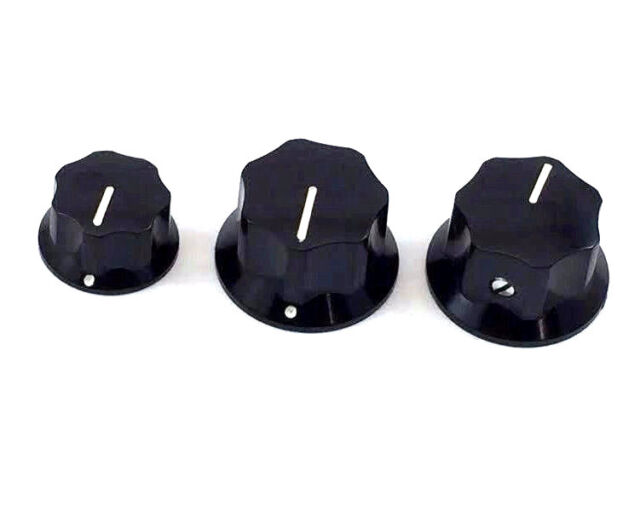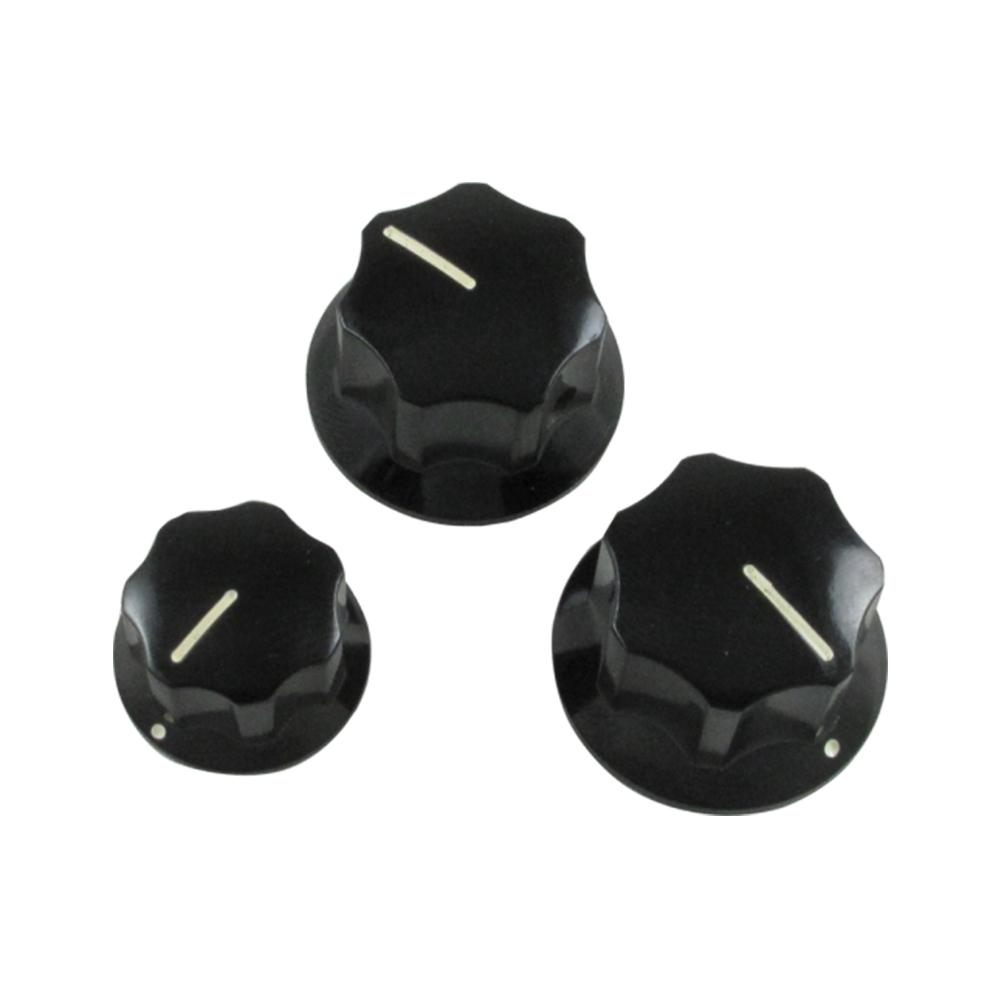

The Jazz Bass was introduced in a standard sunburst finish with a tortoiseshell pickguard. Like the Precision, the Jazz’s bridge had intonatable saddles for each string. This “stack-knob” configuration was short-lived, and evolved into a three-knob (two Volume controls, one master Tone control) in early 1962. The knobs at the junction of the plate and the pickguard controlled the pickup closer to the neck, and the knobs closer to the jack controlled the bridge/treble pickup. The controls on the first-generation Jazz consisted of two Volume controls and two Tone controls (one for each pickup) on concentric knobs mounted on a chromed-metal plate, with the Volume being the upper/smaller knob, while the lower/larger knob controlled its tone/EQ. Jazz pickups are single-coil units with two pole pieces for each string, and their location on the body help it create a variety of tones. The electronics of the Jazz went beyond the fact that it was a two-pickup instrument, while the P-Bass had one. However, in the eyes (and hands) of many players, the ergonomic innovations on the Jazz more than made up for minor differences in size or weight. 13″) than its predecessor, but maintained the same 11/4″ body thickness. One drawback may have been that the Jazz Bass was slightly larger and (usually) heavier than the Precision. In reality, the Jazz Bass had this logo from the get-go.Īmong the Jazz’s most distinct design elements are its offset carves in the midsection of its alder body the carves on the P-Bass were symmetrical, but the offset “waist” made the Jazz more comfortable for playing while seated. The Fender logo on the Jazz’s headstock was a new style that replaced the “spaghetti” logo with what became known as the “transitional” logo, in erroneous reference to CBS’ purchase of Fender in ’65. The original Jazz also had an unbound rosewood fretboard with dot markers, and a 34″ scale – considering the success of both models, it’s not surprising that the 34″ scale ultimately became the industry standard. Seeking to take versatility and comfort beyond the P-Bass, the Jazz incorporated a thinner neck that was 17/16″ wide at the nut, compared to the Precision’s 13/4″. The Jazz was Fender’s second electric bass, following the groundbreaking Precision, which was introduced in late 1951 and underwent three stylistic changes by the time the Jazz Bass came along in 1960. And “lefty” versions are especially intriguing, given their rarity. If you’re a fan or aficionado of vintage instruments, odds are that any early-’60s Fender Jazz Bass catches your eye. Instrument and photo courtesy of Nadav Galimidi.

#Jazz bass tone knobs serial number#
Joe Long’s “stack-knob” Fender Jazz Bass, serial number 57392.


 0 kommentar(er)
0 kommentar(er)
